History of Flamenco
"Duende", mystery, pinch, "quejío"… All these words have served the fans, since singing is singing, to explain what they feel when they come face to face with flamenco. Why? What does this artistic genre have hidden in its chest?? The answer to these questions is almost a chimera., because the lyricism with which the flamenco people declaim the greatness of their music is always due to the same reason based on faith: No one still knows for sure when and how this Andalusian art emerged.
The history of flamenco regarding
its geographical distribution
In parallel to the course of the different stages mentioned, flamenco has lived another very interesting story: that of each geographic nucleus. The creation of the different palos is due to the varied ways of expressing oneself musically in each area of Andalusia. That's why, the study of the flamenco allows us to make a classification by provinces.
The Guitar:
last to join
The analysis of the guitar in flamenco deserves a different section, since it is the last of the components that the genre acquired but, at the moment, one of the most valued. According to studies carried out by various experts, Everything seems to indicate that one of the first references is located in “The explanation of the guitar”, work published by Juan Antonio de Vargas y Guzmán from Cádiz in 1773.
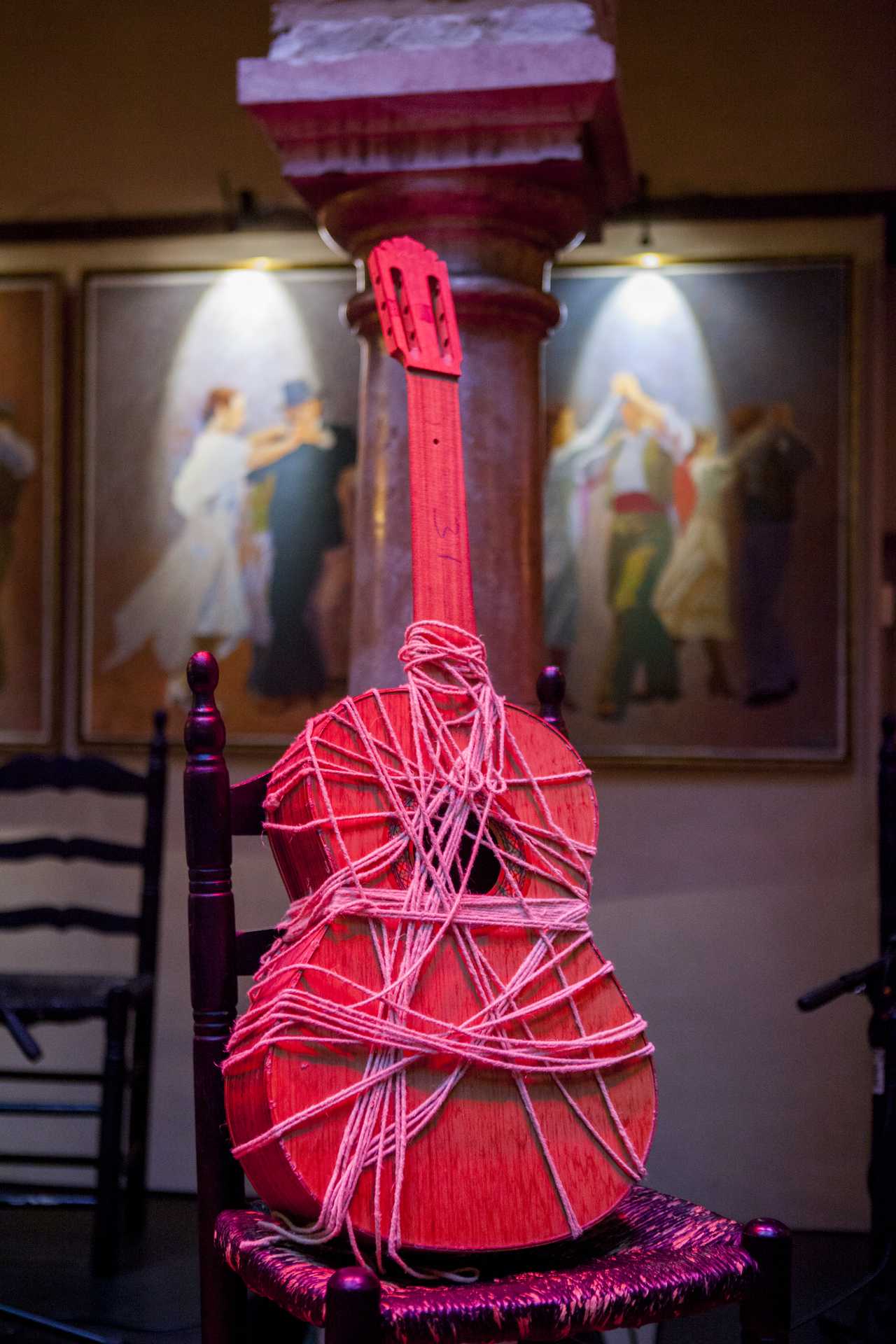
However, At this time we can only talk about what would later be called the existence of guitarists “por lo fino”. Actually, the first signs of the approach of the six strings to flamenco come with figures like those of El Murciano, Trinitario Huertas, Bernardo Troncoso, José Toboso and, above all, Julián Arcas from Almeria, father of a soleá that bears his name.
To this first era of guitarists still located between the “fine” and “flamenco” playing, They are followed by those of the so-called Eclectic School, in which the inventor of the cejilla stands out, Maestro Patiño -Cádiz-, Antonio Pérez -Seville-, Paco el Barbero -Seville- and Paco el de Lucena -Córdoba-.
From this moment on, the first specialists in the flamenco style began to emerge, as Juan Gandulla Habichuela, from Cadiz, Javier Molina, from Jerez, and Miguel Borrul father, from Castellón.
But the great guitarist of the late 19th and early 20th centuries is Ramón Montoya Salazar (Madrid, 1880-1948). He is responsible for the creation of the vast majority of flamenco styles for the guitar and is considered the first revolutionary of technique and harmony, to the point where he became the first flamenco concert performer in history.
His legacy is used by a generation of unmatched guitarists who have shaped the era of great personal creators.
At this time, Niño Ricardo, Manolo de Huelva, Perico el del Lunar, Esteban Sanlucar, Melchor de Marchena, Sabicas and Diego del Gastor emerged.
The greatest teacher of all time is inspired by all of them, Paco de Lucia, undisputed leader of the latest generation of guitarists. Along with him, we must highlight Manolo Sanlúcar and Víctor Monge Serranito, a triangle of players who revolutionized the concept of flamenco guitar by coming into contact, especially in the case of Paco de Lucía, with other music like Brazilian, jazz, rock…
To this school, indisputably, new touch values belong, like Tomatito from Almeria, Gerardo Núñez from Jerez, the Catalan Juan Manuel Cañizares or the Cordoban Vicente Amigo.
A tourist and cultural vision of flamenco
Plains and rocky terrain, hills and slopes, cistus and almond trees… Andalusia is a melting pot. When the Despeñaperros gorges send the first beam of light to other people's eyes, the blackness of infinity is reflected in them. But diversity protects that void. Cavernaries, Phoenicians, greeks, Romans, arabs,cristianos y conversos han hollado las tierras del Sur de España. Y en su caminar han forjado la senda de una expresión propia: el flamenco.
Puede que el arte andaluz feche su bautizo hace sólo dos siglos, como han querido señalar algunos expertos. Pero el cante, el toque y el baile son mucho más que el sentir de un pueblo ampliamente desperdigado por el mundo y que sólo ha sido capaz de producir flamenco dentro de nuestros fielatos.
Los gitanos son responsables de una parte generosa del acervo musical andaluz, pero no son la pieza inmanente que justifica su existencia. Los “sonidos negros” de los que habló Lorca en referencia a Manuel Torre han sido paridos por la cultura de un pueblo con una historia peculiar.
Son hijos del folclore, aunque, como todo buen descendiente, han sabido volar del nido para adquirir una identidad propia.
No hay más que oír la trillera, sobre cuyo acento rítmico siempre encuentra sentido el cascabeleo de las mulas que otrora regían con su trabajo las tierras de las gañanías de Jerez, Utrera o Lebrija. ¿Y la toná? ¿Acaso no nace del pueblo el lamento sonoro de la calamidad que tantas ánforas modeló en Triana?
Idem con la soleá, nacida del arrabal para buscar fortuna por Alcalá de Guadaira, Utrera, Cádiz… O con la seguiriya, esa queja que se aposentó sobre las gargantas del Planeta, el Fillo, Silverio, el Gordo o El Nitri mirando en cada postulado al martinete de las fraguas, la debla de la Cava, la carcelera y la cabal.
A ver quién dice que no habita en el taranto sino la propia gente de Almería, o en el fandango sino la Tharsis alosnera, o en la cartagenera sino la retahíla murciana…
En efecto, Andalucía es un crisol cuyo entendimiento campea más allá de bellotas y castañas, de jábegas y almadrabas. Una parte de su alma se edifica sobre melopeas cavernarias, fenicias, griegas, romanas, árabes, cristianas y conversas, ladrillos de una muralla musical a la que luego los gitanos le pusieron sus almenas: el quejío.



 Antecedentes musicales
Antecedentes musicales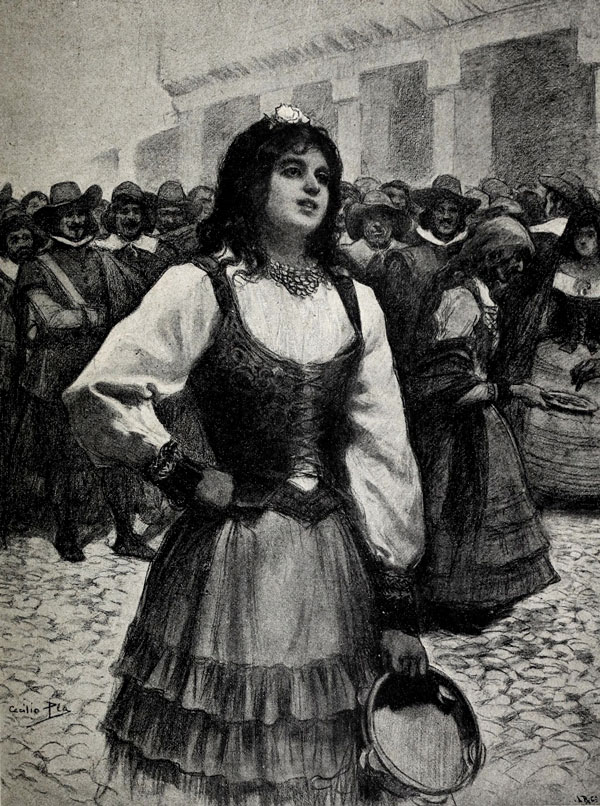 Primeras referencias escritas
Primeras referencias escritas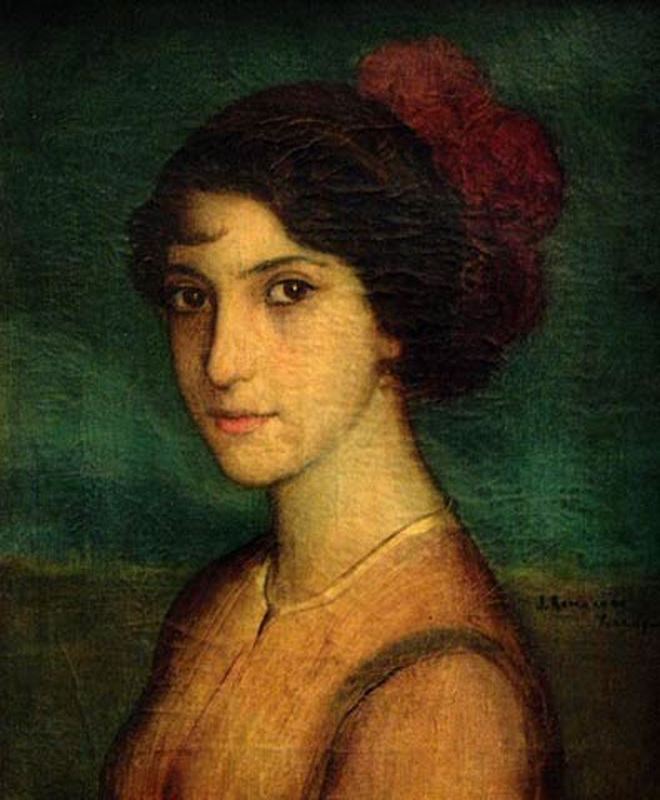 Origen de la palabra “flamenco”
Origen de la palabra “flamenco” Evolución. Etapa Hermética. Primeros cantaores
Evolución. Etapa Hermética. Primeros cantaores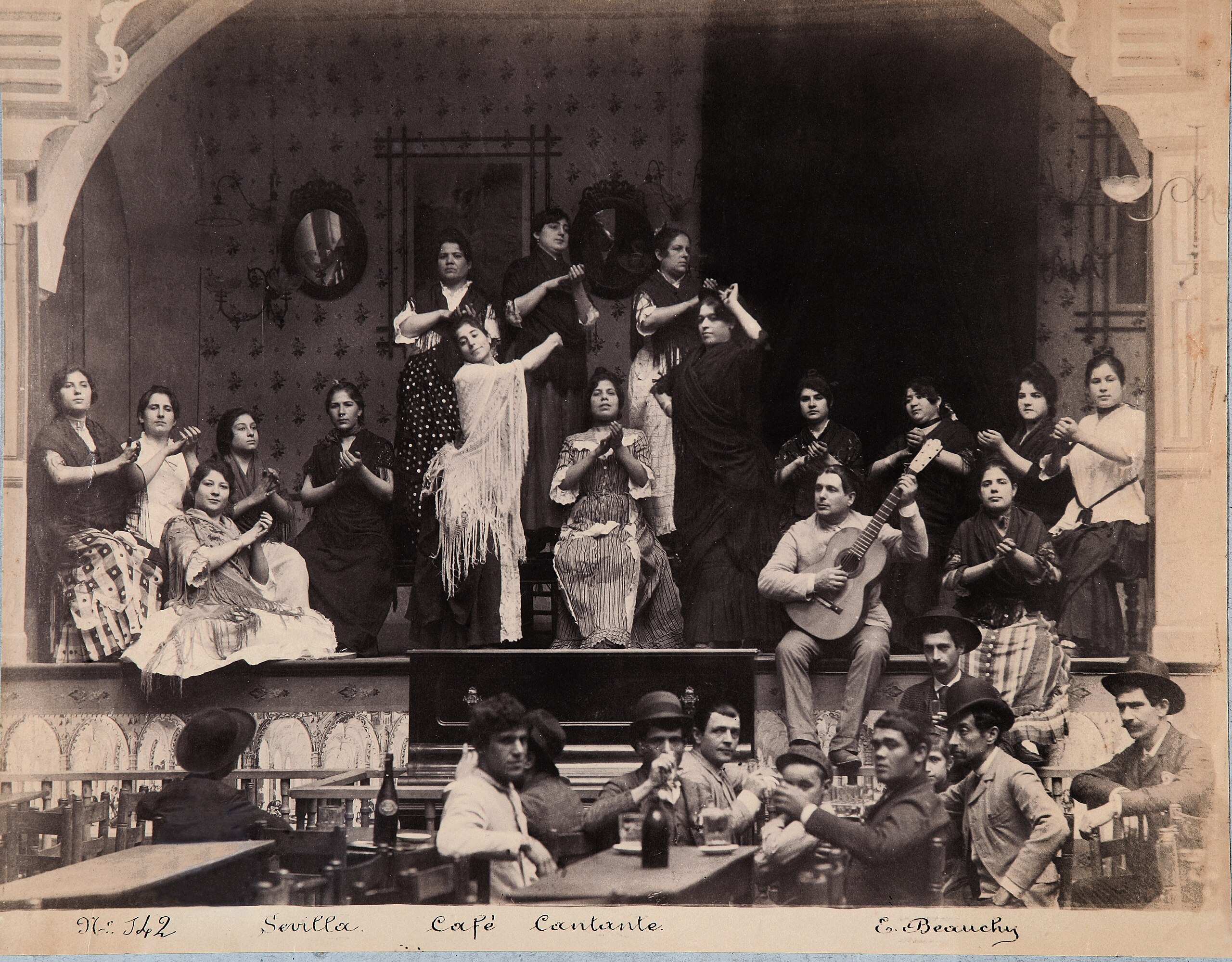 Los grandes creadores. La Edad de Oro. Los Cafés Cantantes
Los grandes creadores. La Edad de Oro. Los Cafés Cantantes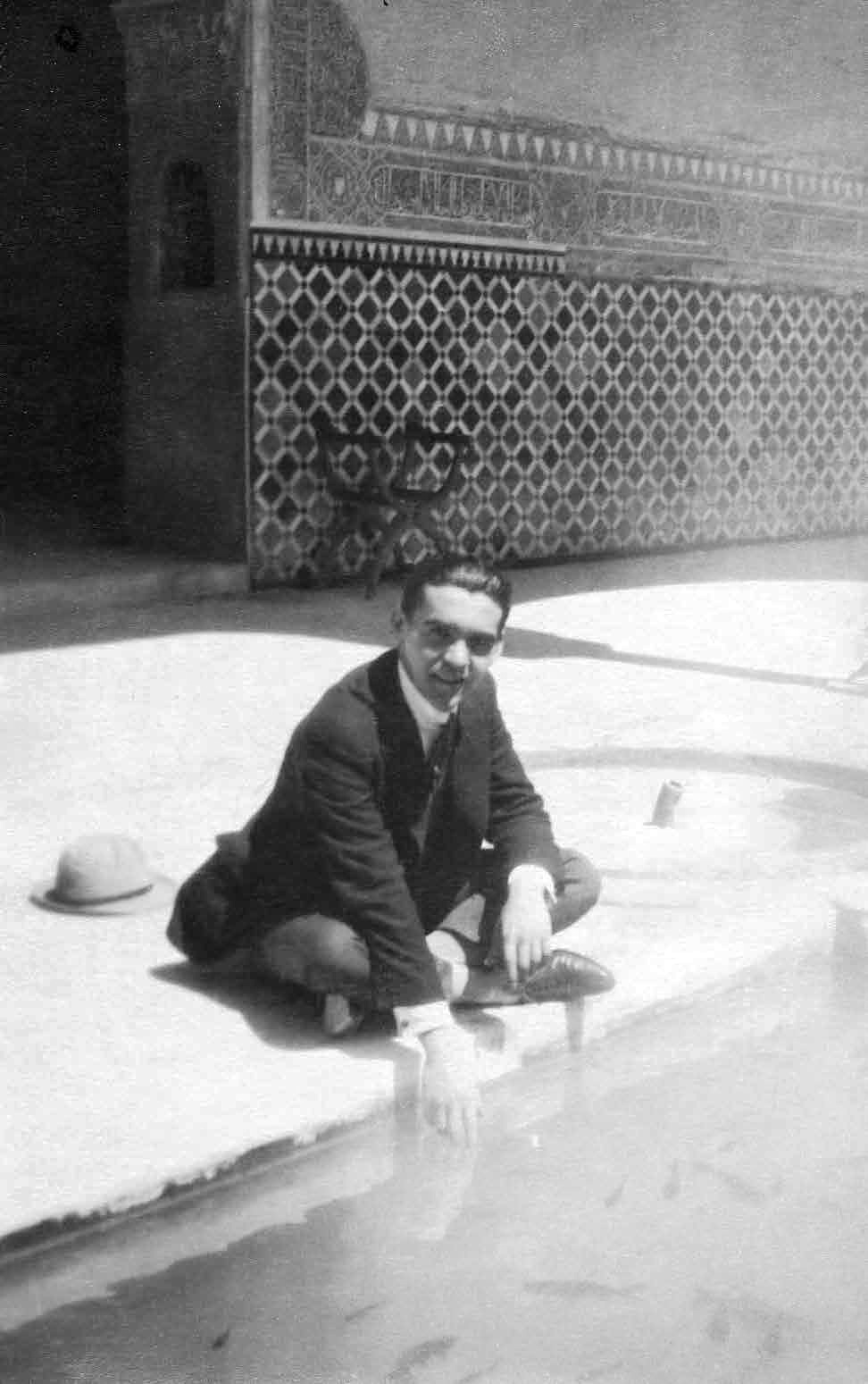 El concurso de 1922 en Granada
El concurso de 1922 en Granada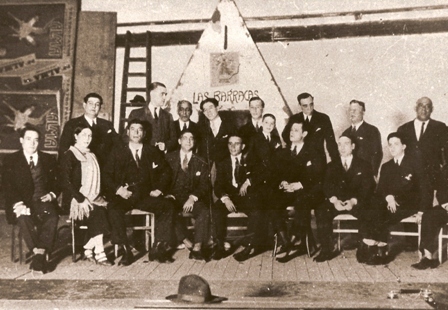 El flamenco en Madrid. La Copa Pavón. Segunda Llave de Oro del Cante
El flamenco en Madrid. La Copa Pavón. Segunda Llave de Oro del Cante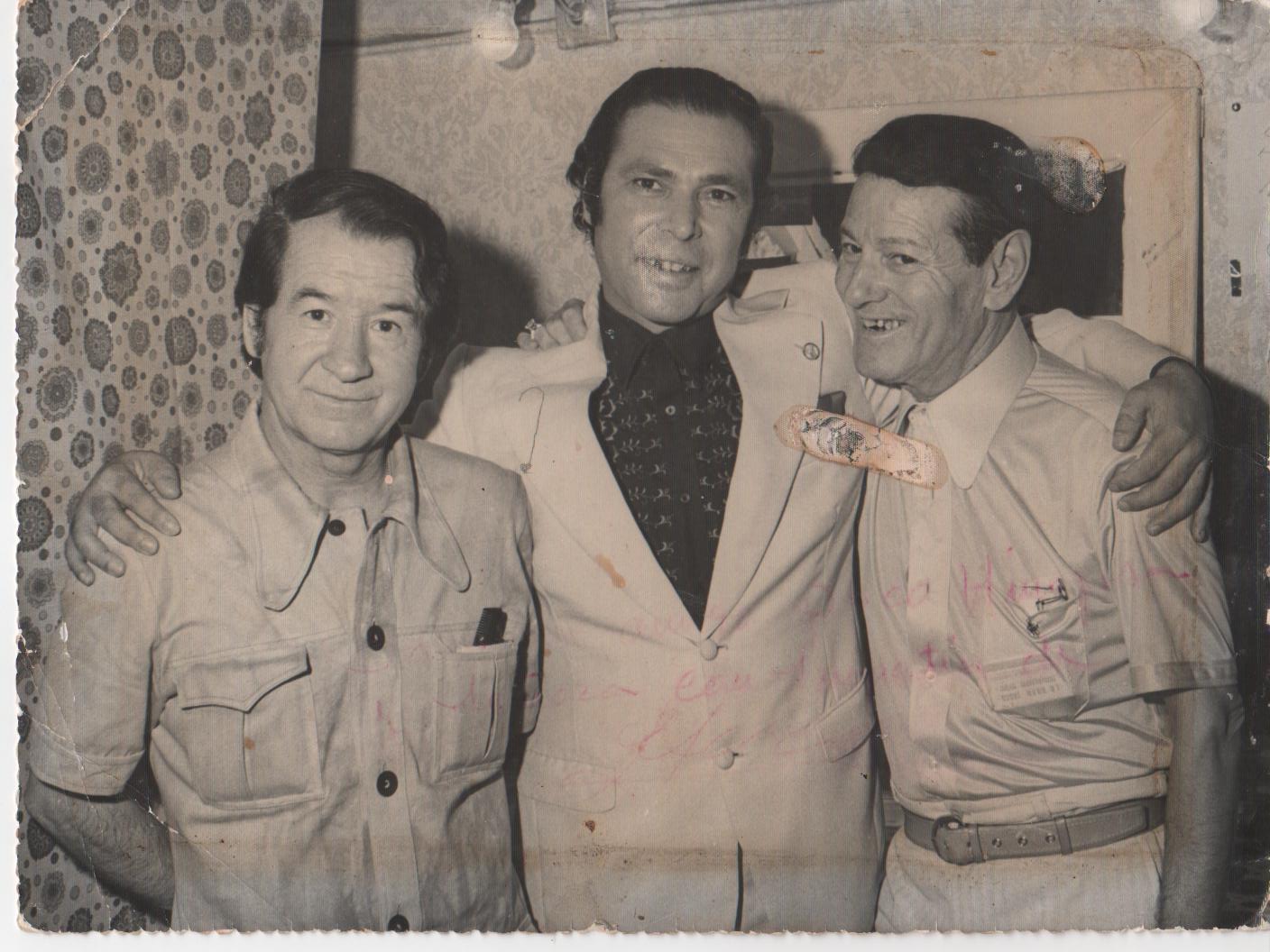 La Ópera flamenca
La Ópera flamenca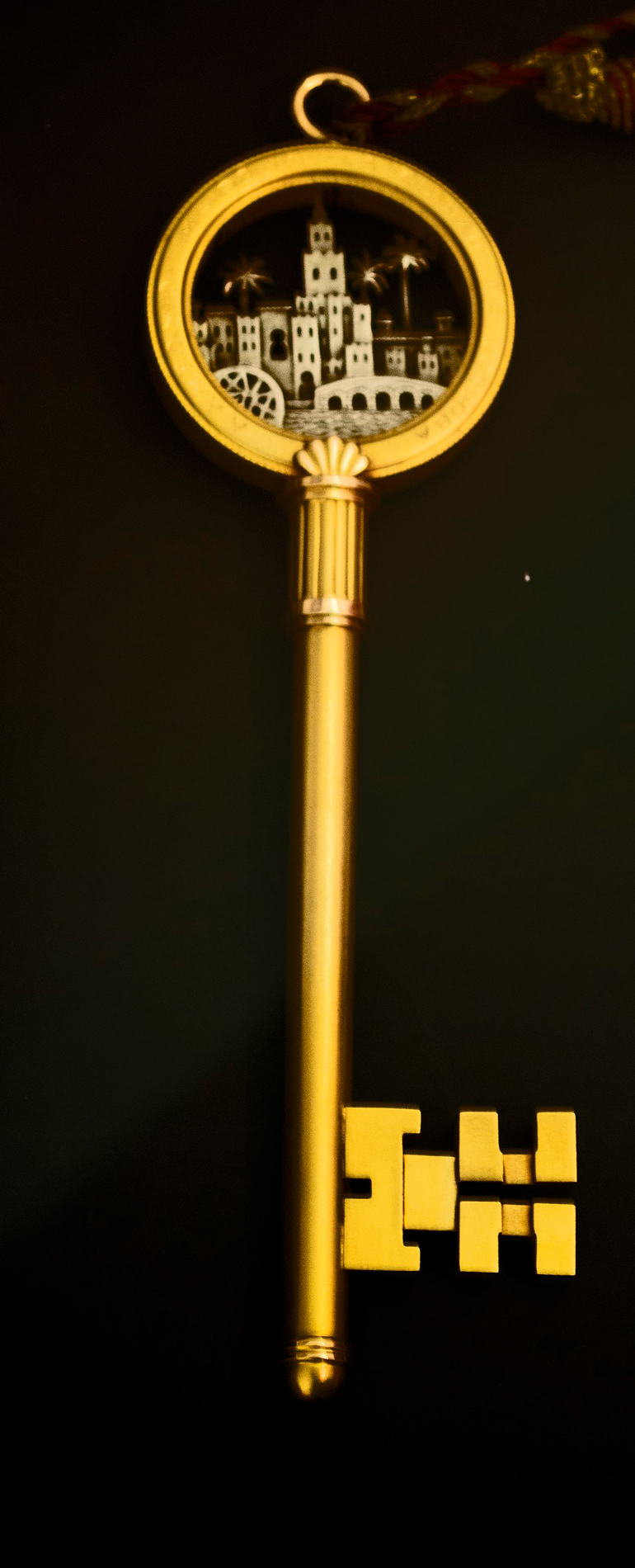 Época de revalorización del flamenco. Tercera Llave de Oro del Cante
Época de revalorización del flamenco. Tercera Llave de Oro del Cante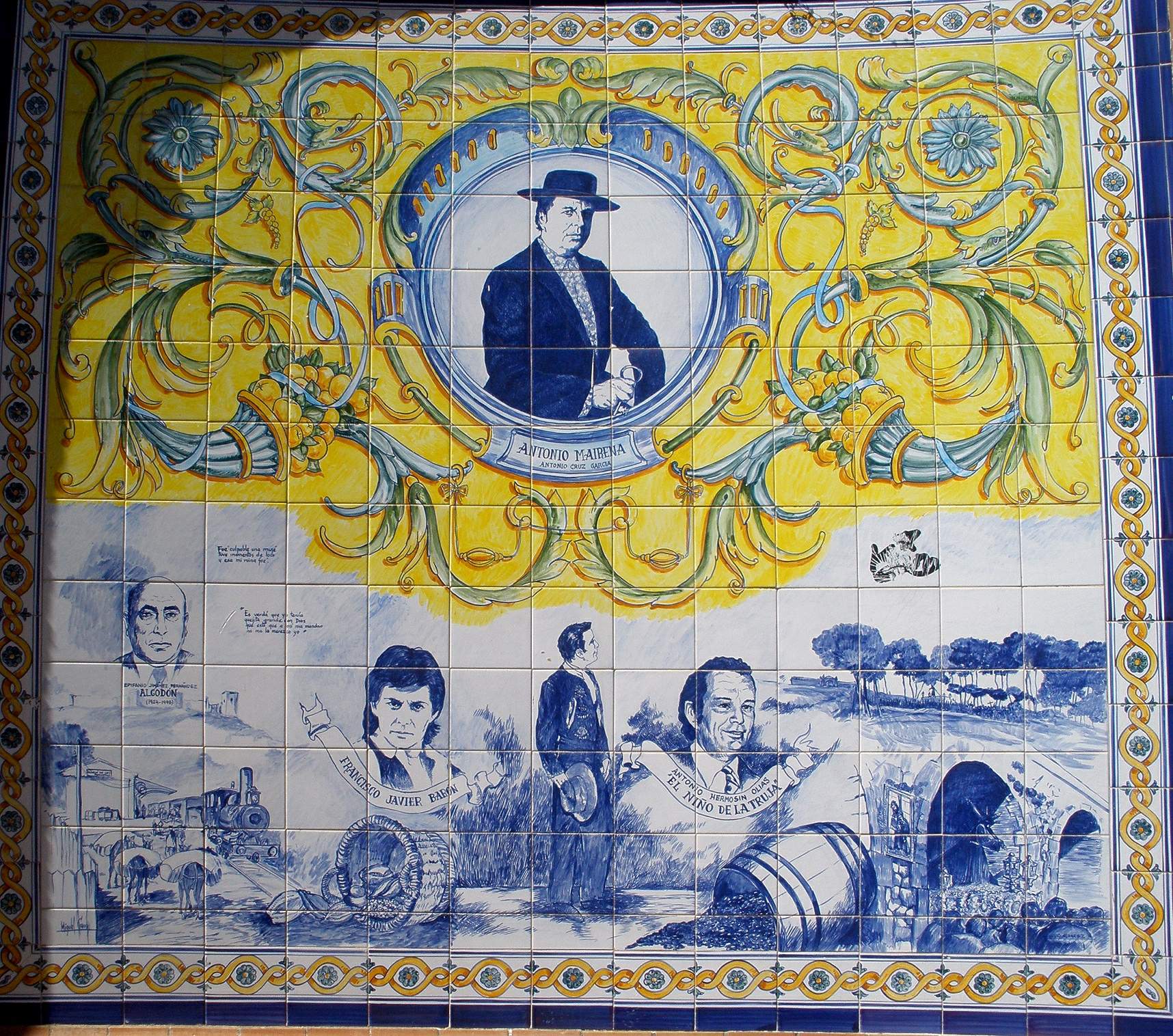 Los festivales
Los festivales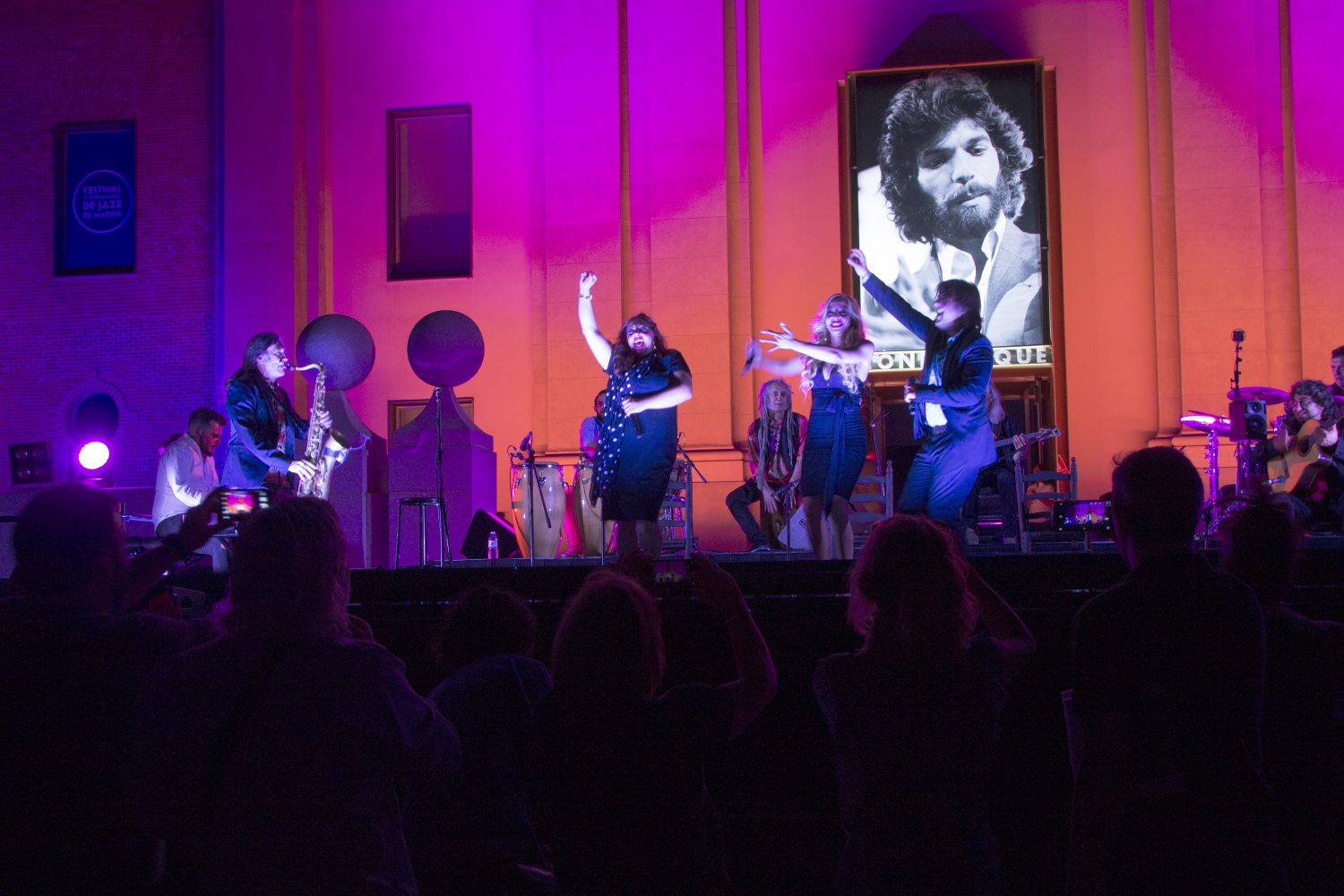 El presente y el futuro del género. La Cuarta Llave de Oro del Cante.
El presente y el futuro del género. La Cuarta Llave de Oro del Cante. Almería
Almería Cádiz
Cádiz Córdoba
Córdoba Granada
Granada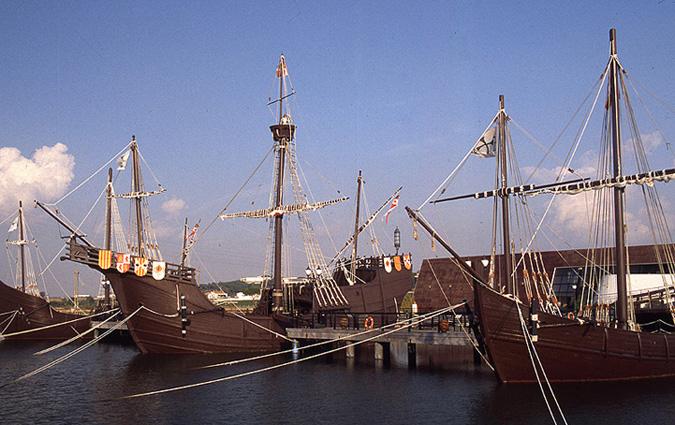 Huelva
Huelva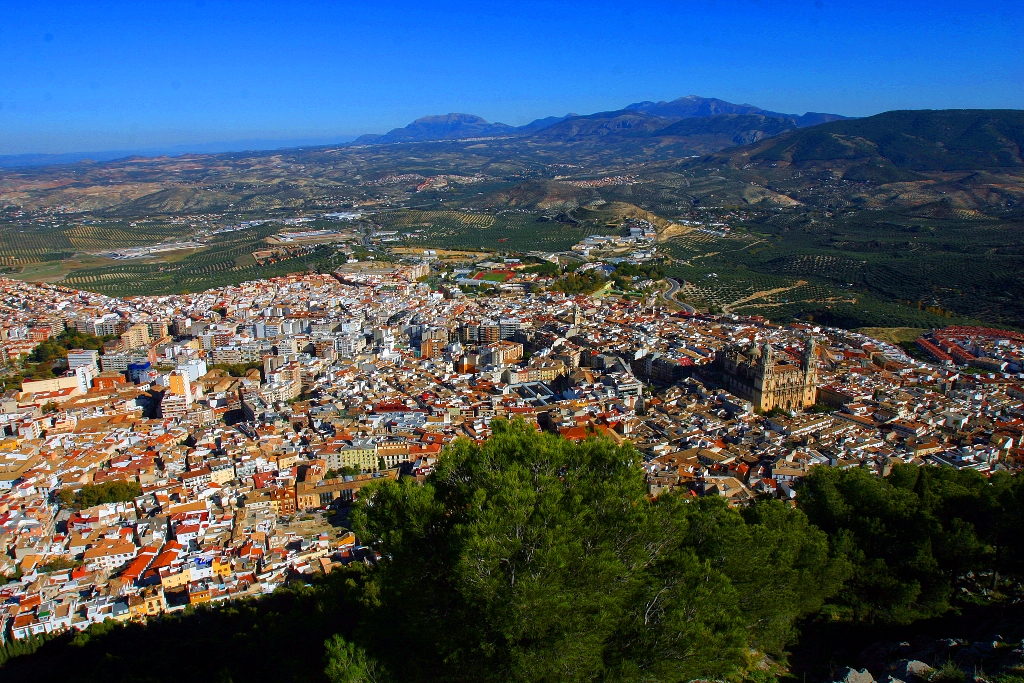 Jaén
Jaén Málaga
Málaga Sevilla
Sevilla Una visión turística y cultural del flamenco
Una visión turística y cultural del flamenco La guitarra, última en incorporarse.
La guitarra, última en incorporarse. La historia del flamenco con respecto a su distribución geográfica
La historia del flamenco con respecto a su distribución geográfica